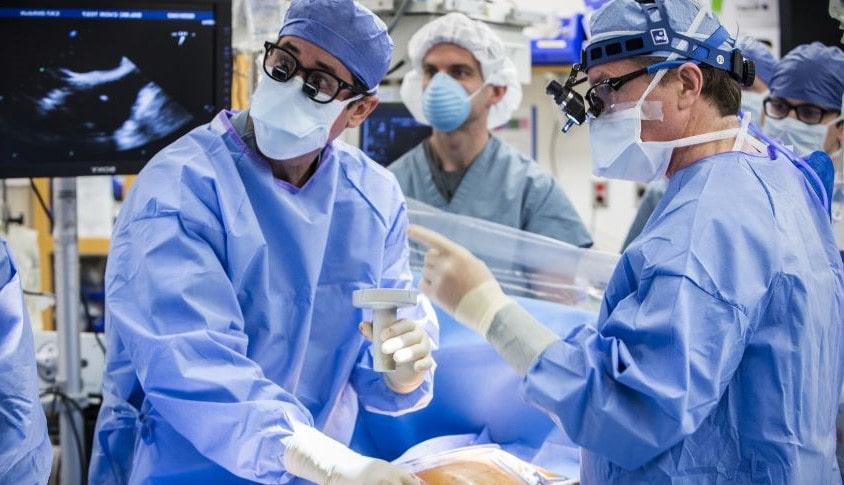In collaboration with Maastricht University Medical Center, Osteopore Singapore has developed a PCL-based cage that stimulates the growth of bone cells and is eventually replaced by regenerated bone tissue
The Osteopore International company developed, in collaboration with the University of Maastricht Medical Center (UMC +) in the Netherlands, a 3D printed bioresorbable implant that prevents amputations of patients with severe lower leg fractures.
The implant, a 3D printed box, helps patients to regenerate new bone cells and has been successfully implanted in their first patient in the Netherlands.
Manufactured in Singapore and developed using Osteopore’s proprietary 3D printing and materials technology, the 3D-printed implant is bioresorbable, made of biodegradable material from medical-grade polymers, and customized based on a computed tomography (CT) scan of the lower part of the patient’s leg.
The cage stimulates the growth of the patient’s new bone cells inside, eventually breaking down into water and carbon dioxide and being replaced by the patient’s own regenerated bone tissue.
The future of 3D printing in the medical sector
Co-founded by a team of physicians and engineers, Osteopore specializes in the production of 3D printed bioresorbable implants made from FDA approved Polycaprolactone (PCL) polymer. The material is bioabsorbable, malleable, slowly degrading, and possesses mechanical strength similar to trabecular bone, Osteopore said.
Described as a one-of-a-kind procedure, the 3D printed cage implanted in the patient works as intended, allowing for complete bone regrowth, gradually replacing the cage over a four-month period.
Following the first trials, the Singapore National Additive Manufacturing Innovation Cluster and Osteopore have formed a partnership to help improve clinical adoption of medical 3D printing and market leadership.
This enables an established healthcare model among Singapore hospitals to eventually increase the success rate of local clinical cases for regenerative implant solutions for medical devices. The association will also aim to facilitate and grow the clinical foundation in the adoption of 3D printed bioresorbable implants to achieve better patient outcomes and lower healthcare costs.

